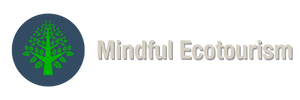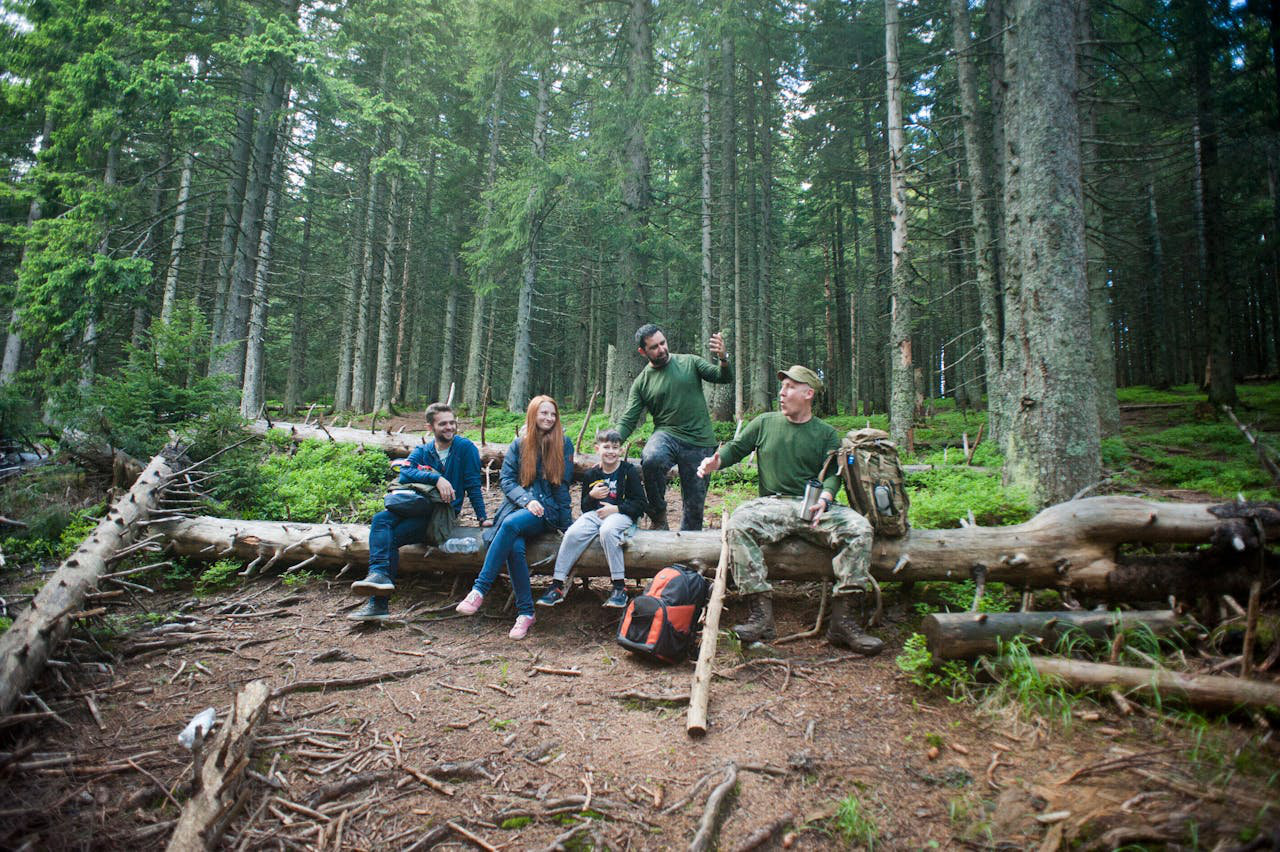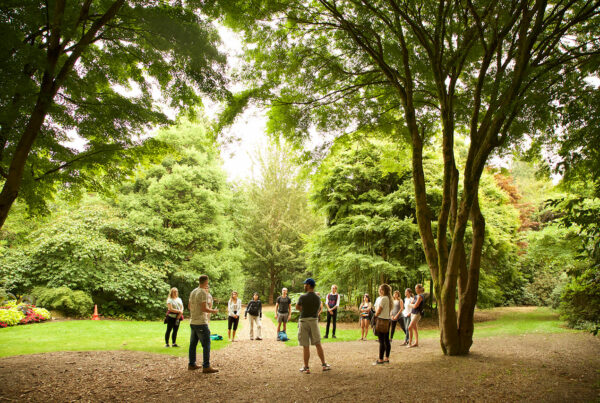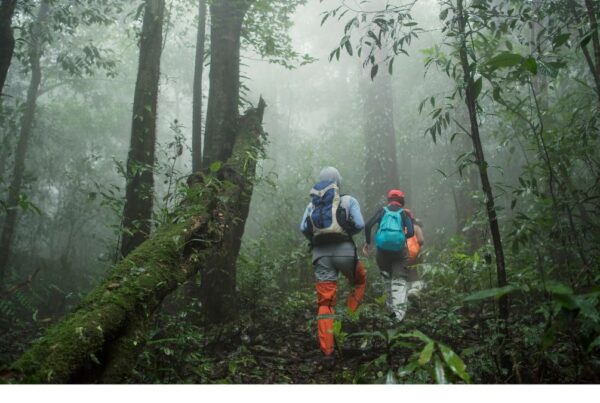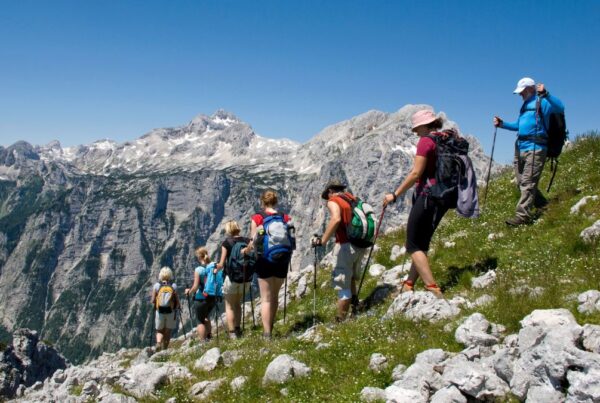If you love being outside and believe people learn best by doing, you’re in the right place.
Experiential learning is all about creating hands-on experiences that lead to insight and personal growth and the ideal classroom for this kind of learning by doing is outdoors in the natural world.
Facilitators don’t just teach information. They guide people through activities that challenge their thinking and help them reflect on what they’ve learned. It’s about creating “aha” moments that stick.
Nature is the ideal classroom. It naturally pushes people out of their comfort zones and offers endless lessons in leadership, resilience, and awareness. From team-building activities to solo reflection walks, the possibilities are wide open when we learn outdoors.
Whether you dream of leading wilderness retreats, corporate off-sites, or youth programs, learning to design and facilitate these kinds of outdoor learning experiences is a valuable skill to build. You don’t need to be perfect, you just need to start and learn by doing.
Kolb’s Experiential Learning Cycle Explained Simply
Most people don’t learn deeply just by reading or listening to information. They learn by doing, reflecting, and applying what they discover. That’s where real change happens.
Kolb’s experiential learning cycle helps us design learning that actually sticks. It gives us a simple structure to move people from experience to insight to action.
When you use this cycle intentionally, you help participants not just do something, but learn from it, which makes the experience meaningful, memorable, and applicable to their life or work.
David Kolb’s model shows that people learn best by cycling through four stages:
- Concrete Experience – Doing something real.
Example: Participating in a team challenge or guided nature activity. - Reflective Observation – Looking back and noticing what happened.
Example: Discussing or journaling about what you noticed or felt. - Abstract Conceptualization – Making sense of the experience.
Example: Connecting what happened to bigger ideas, patterns, or insights. - Active Experimentation – Trying it out in real life.
Example: Applying what you learned in future situations or activities.
Learning isn’t linear. It’s a cycle. The more times people go around the cycle, the deeper the learning sticks.
The Skills You’ll Need As An Experiential Learning Facilitator
Facilitation is different from teaching. You aren’t the expert handing out answers. You’re the guide helping people find their own.
Start by learning how to design meaningful activities. These could be nature walks, group challenges, or creative projects. The goal is to get people moving, thinking, and feeling.
You’ll also need to practice holding space. This means helping people feel safe, seen, and heard, especially when they’re outside their comfort zone. Listening is just as important as leading.
Finally, learn to guide reflection. This is where the real learning happens. Asking simple, open-ended questions like “What did you notice?” or “How did that feel?” helps people process the experience and apply it to their lives.
As you can see, being an experiential learning facilitator isn’t the same as teaching. You need a different set of skills, like:
- Designing Experiences: Crafting activities that stretch people’s comfort zones without overwhelming them.
- Holding Space: Managing group dynamics, emotions, and energy with presence and care.
- Guiding Reflection: Asking powerful questions to help people process what they experienced.
- Risk Management: Keeping people physically and emotionally safe outdoors.
- Storytelling & Framing: Setting up activities with intention and meaning.
You don’t have to be a guru or an expert. You just need curiosity, empathy, and practice.
Get Some Experiential Learning Training and Practice
Look for training in facilitation, outdoor education, or experiential learning. Many programs combine theory with practice, giving you a chance to apply what you learn.
You don’t have to start big. Practice with friends, small groups, or local organizations. Offer to lead a hike with reflection questions or facilitate a simple outdoor activity.
Get feedback. Notice what works and what doesn’t. Every group is different, and every experience is a chance to improve your craft.
Here are some excellent books if you want to learn more about experiential learning:
1. The Accelerated Learning Handbook by Dave Meier
A practical guide to designing learning that sticks. It focuses on multi-sensory learning, movement, reflection, and group interaction, which is perfect for outdoor experiential learning facilitators who want to boost engagement and retention.
2. Experiential Learning by David Kolb
This simple framework explains how people move from experience to reflection to action. Understanding this cycle is essential for designing activities that create real learning. His book Experiential Learning is a great place to start.
3. The Art of Facilitation by Dale Hunter
This book breaks down how to design learning experiences, manage group dynamics, and guide meaningful reflection. It’s practical, full of real-world examples, and great for beginners in the world of facilitation.
How To Build Your Confidence Outdoors
If you’re going to teach outside, you’ll need to get comfortable being outside. Spend more time in nature. Acquire essential safety skills, including navigation, weather awareness, and group management.
Consider getting certifications like Wilderness First Aid, Outdoor Leadership Training or our Nature Retreat Leader Certification. These give you extra confidence and credibility when working with groups.
Remember, the more you practice being outside, the more natural it will feel to lead others there.
Once you feel ready, start offering your own outdoor learning experiences. These could be team retreats, mindfulness walks, or leadership challenges.
Start small and keep it simple. Focus on creating meaningful moments, not perfect ones. The magic happens when people feel safe to explore, reflect, and grow.
Over time, you’ll build your own style and toolbox of activities. The best facilitators keep learning right alongside their participants. That’s the real adventure.
Nature-Based Group Session Outline
Here’s a sample outline for a 45-minute nature-based group session that we use an introductory activity in our Nature Retreat Leader Certification program.
Theme Example: Presence, Awareness, and Connection
1. Welcome & Intentions (15 min)
- Gather the group in a circle.
- Share your role as a guide, not a teacher.
- Set group agreements (respect, listening, presence).
- Invite everyone to share their name, where they’re from and one thing they’re curious about in their surroundings.
2. Mindful Awareness Walk (15 min)
- Invite the group to walk silently in nature.
- Guide their attention to the senses: What do you see, hear, smell, feel?
- Pause every few minutes to let them take it in fully.
- Optional: Give them a simple question to reflect on as they walk, like “What feels most alive to you right now?” or “How does your moment-to-moment experience make you feel?”
3. Reflection And Sharing With The Group (15 min)
- Ask each person to share what stood out for them in their experience.
- Prompt them to share with helpful questions like:
- What stood out to you on the walk?
- What did you notice in your body or mind?
- What triggered a sense of awe or wonder?
- Encourage deep listening, no fixing or advice.
- Wrap up with a simple closing statement, breathwork, or gratitude practice.
Here are some reflection questions you can use for yourself as the facilitator and for your participants to deepen the learning after each session.
Facilitator Reflection Questions (For You After the Session)
- What moments felt the most alive or engaging for the group?
- Where did I notice resistance, boredom, or confusion?
- How well did I balance structure and flow?
- Did I leave space for reflection, not just activity?
- What would I repeat next time? What would I change?
- What surprised me about this group or experience?
- How did I show up as a facilitator? What could I practice improving?
Participant Reflection Questions (For Group Debrief or Journaling)
- What stood out most to you in today’s experience?
- How did you feel at the beginning compared to the end?
- What did you notice about yourself or the group?
- What challenged you? What energized you?
- How might you apply this insight in your daily life?
- What’s one word or phrase that sums up your experience?
Start Practicing With Real Groups
Start with what you have right now and just take a leap of faith by leading a casual session for friends, a local club, or a small team.
Start small, reflect on what worked in the group, and keep refining your process to improve as an experiential learning faciliator.
Facilitation is learned by doing, not just studying so sooner you start, the better.
- How To Become A Group Experiential Learning Facilitator Outdoors - May 14, 2025
- 10 Best Jasper Hiking Tours In The Canadian Rockies - May 10, 2025
- 10 Best Peru Hiking Tours And Multi-Day Treks In The Andes - April 19, 2025
